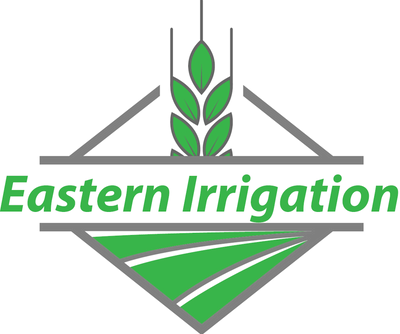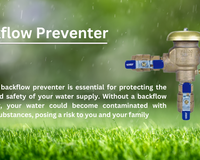A green lawn and vibrant garden are often the fruits of a well-planned irrigation system. While such systems simplify the watering process, guaranteeing plant health and minimizing water wastage, it's vital to thoroughly research and strategize before diving in.
Investing in an irrigation system is more than just purchasing sprinklers; it's about forward-thinking and ensuring long-term sustainability. This comprehensive guide delves into the nuances of planning, implementing, and benefiting from a state-of-the-art irrigation system.

Immediate Planning: Setting the Groundwork
1. Adherence to Code Requirements
One of the primary steps is ensuring the system adheres to the National Plumbing Code. Integrating the appropriate backflow prevention device tailored to your locality is paramount. Such devices are designed to avert the contamination of the main water supply by the irrigation system. Adherence isn't just a matter of compliance; it safeguards your health.
2. Strategic Installation Depth
Depth matters! While laying out the irrigation lines, it's crucial to install them sufficiently deep. This precaution ensures they remain shielded from potential damages, especially during routine lawn maintenance activities like aeration.
3. Monitoring Water Pressure
An optimal irrigation experience is heavily influenced by the water pressure. Whether too low or too high, the water pressure can impact the performance of sprinklers. It's advisable to select sprinklers that align with the site's water pressure to maintain efficiency.
Future-Proofing: Ensuring Long-term Efficiency
1. Zone-wise Planning
Irrigation zones refer to specific areas governed by the same irrigation valve and plumbing. Strategizing with a future perspective involves incorporating additional connections during the initial setup. This approach caters to potential expansion and ensures cost-efficiency in the long run.
2. Emphasizing Flexibility
Plant needs are diverse, and these requirements can evolve. To cater to varying needs, it's essential to implement a system that allows customization of water volume for each plant type. A tailored approach ensures that each plant receives water through the most effective method.
3. Leveraging Intelligent Systems
The future is smart, and so should be your irrigation system. Integrating smart controls elevates the system's efficiency, allowing it to adjust watering schedules based on varying factors such as rainfall, soil moisture, evaporation, and specific plant water consumption.

Making a Wise Investment
1. Prioritize Quality
While budgeting is essential, compromising on the quality of components can lead to increased maintenance and overall costs. Investing in the best available components is always prudent, ensuring longevity and minimal maintenance.
2. Seeking Potential Savings
Before committing to an irrigation system, we recommend checking with your local water utility. They often provide rebates on water-efficient products, enabling savings on the initial investment.
3. Expert Installation is Key
A state-of-the-art irrigation system can only be performed if installed proficiently. If you're considering professional assistance, ensure a thorough vetting process. Always solicit multiple bids, validate references, and verify insurance coverage of vendors. A well-informed decision at this stage can significantly impact the system's longevity and performance.

In conclusion, investing in an irrigation system is a commitment to a greener future. It's about ensuring the health of your plants while being environmentally responsible. By following the steps outlined above, we believe you'll be well on your way to creating a sustainable, efficient, and long-lasting irrigation system for your landscape.





